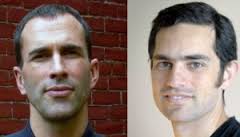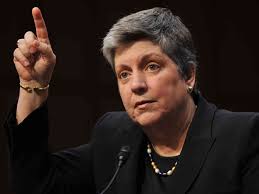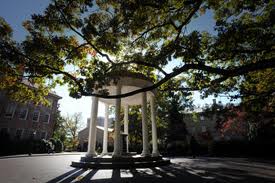The first time Melissa Morelli was taken to the hospital, she was suicidal and cutting herself, her mother says.  She was just 13, and she had been transferred to a psychiatric hospital, where she stayed for more than a week, reports today’s New York Times.
She was just 13, and she had been transferred to a psychiatric hospital, where she stayed for more than a week, reports today’s New York Times.
“Her doctors told her mother, Cathy Morelli, that it was not safe for Melissa to go home. But the family’s health insurancecarrier would not continue to pay for her to remain in the hospital.
“Former Representative Patrick J. Kennedy, with Representative Rosa DeLauro of Connecticut, right, and Victoria Veltri, Connecticut’s health care advocate, backed the mental health parity law that his father, Senator Edward M. Kennedy, also championed. The second time, the same thing happened. And the third and the fourth. Over the course of five months, Ms. Morelli took Melissa to the hospital roughly a dozen times, and each time the insurance company, Anthem Blue Cross, refused to pay for hospital care. “It was just a revolving door,” Ms. Morelli said.
“You had not been getting better in a significant way,” Anthem explained in one letter sent directly to Melissa, then 14, in July 2012. “It does not seem likely that doing the same thing will help you get better.”Desperate to get help for her daughter, Ms. Morelli sought the assistance of Connecticut state officials and an outside reviewer. She eventually won all her appeals, and Anthem was forced to pay for the care it initially denied. All told, Melissa spent nearly 10 months in a hospital; she is now at home. Anthem, which would not comment on Melissa’s case, says its coverage decisions are based on medical evidence. Melissa’s treatment did not come cheap: it ultimately cost hundreds of thousands of dollars, Ms. Morelli said. Patients often find themselves at odds with health insurers, but the battles are perhaps nowhere so heated as with the treatment of serious mental illness.
“It was not supposed to be this way. A federal law, the Mental Health Parity and Addiction Equity Act of 2008, was aimed at avoiding fights like this over coverage by making sure insurers would cover mental illnesses just as they cover treatment for diseases like canceror multiple sclerosis. Long a priority of Senator Edward M. Kennedy of Massachusetts, it was squeezed into a bank bailout bill with the help of Christopher J. Dodd, then a Democratic senator from Connecticut, after Mr. Kennedy learned that he had brain cancer, which turned out to be fatal. The law requires larger employer-based insurance plans to cover psychiatric illnesses and substance-abuse disorders in the same way they do other illnesses. But five years after President George W. Bush signed the law, there is widespread agreement that it has fallen short of its goal of creating parity for mental health coverage. Continue reading “Insurers won’t pay mental health bills”
 The combined average SAT score of 1498 was the same as last year; a perfect score on the three-section test is 2400. In California, the combined average score of 1505 dropped two points from last year and 12 points from 2010. Perhaps more telling, only 48% of test takers reached the “SAT Benchmark” — a score of 1550 that indicates a 65% likelihood that students will obtain a first-year college grade-point average of B- or higher, according to the College Board. Students who reach that threshold are more likely to enroll in a four-year school and complete their degree, the College Board said. There was, however, the highest representation of minorities among test takers in history.
The combined average SAT score of 1498 was the same as last year; a perfect score on the three-section test is 2400. In California, the combined average score of 1505 dropped two points from last year and 12 points from 2010. Perhaps more telling, only 48% of test takers reached the “SAT Benchmark” — a score of 1550 that indicates a 65% likelihood that students will obtain a first-year college grade-point average of B- or higher, according to the College Board. Students who reach that threshold are more likely to enroll in a four-year school and complete their degree, the College Board said. There was, however, the highest representation of minorities among test takers in history.











